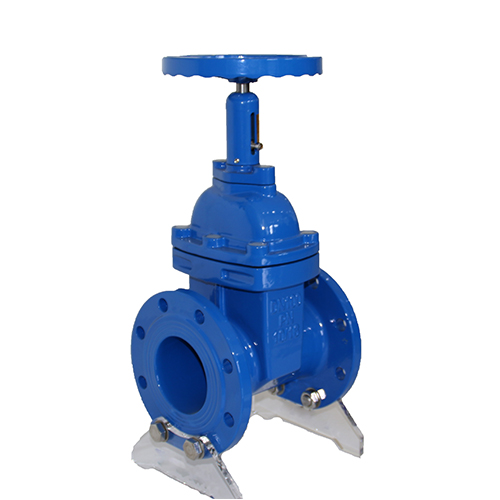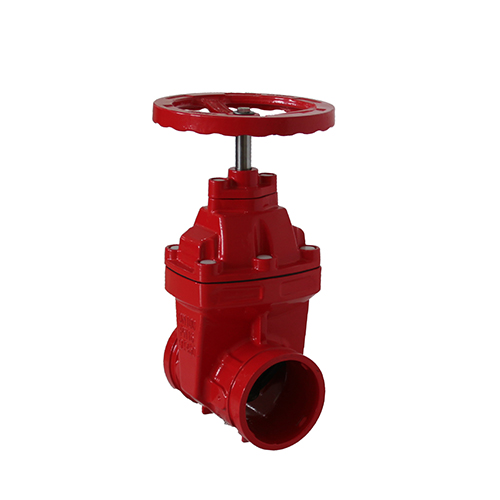Introduction to Grooved Gate Valve
Grooved gate valve is a type of valve widely used in the industrial field, especially suitable for pipeline projects such as water supply and drainage, fire protection, air conditioning, gas, petroleum, chemical industry, water treatment, municipal administration, shipbuilding, etc. for conveying fluid pipelines. The design of this valve allows it to be installed quickly, easily, safely and reliably, and it is also convenient for the maintenance of pipelines and valves. The characteristics of grooved gate valves include vibration and sound insulation, the ability to overcome the errors caused by different axes of pipeline connection, and the solution to the problem of thermal expansion and contraction caused by temperature difference.
The structural design of grooved gate valves usually adopts a top-loading structure, which can reduce the connecting bolts of the valve body itself under high pressure and large diameter conditions, enhance the reliability of the valve, and overcome the influence of the system's deadweight on the normal operation of the valve. In addition, the nominal diameter range of grooved gate valves is usually between DN50mm and DN300mm, the nominal pressure can reach PN10MPa to 16MPa, and the operating temperature range is between -29℃ and 300℃.
The advantages of grooved gate valves include a flat-bottom design that avoids the accumulation of debris and ensures smooth and unobstructed fluid flow; an integrally encapsulated gate made of EPDM rubber, which has good anti-aging and radiation resistance and extends service life; corrosion-resistant valve body materials, such as cast iron or ductile iron, combined with powder epoxy resin coating, suitable for a variety of media; and grooved connections for easy installation and maintenance.








